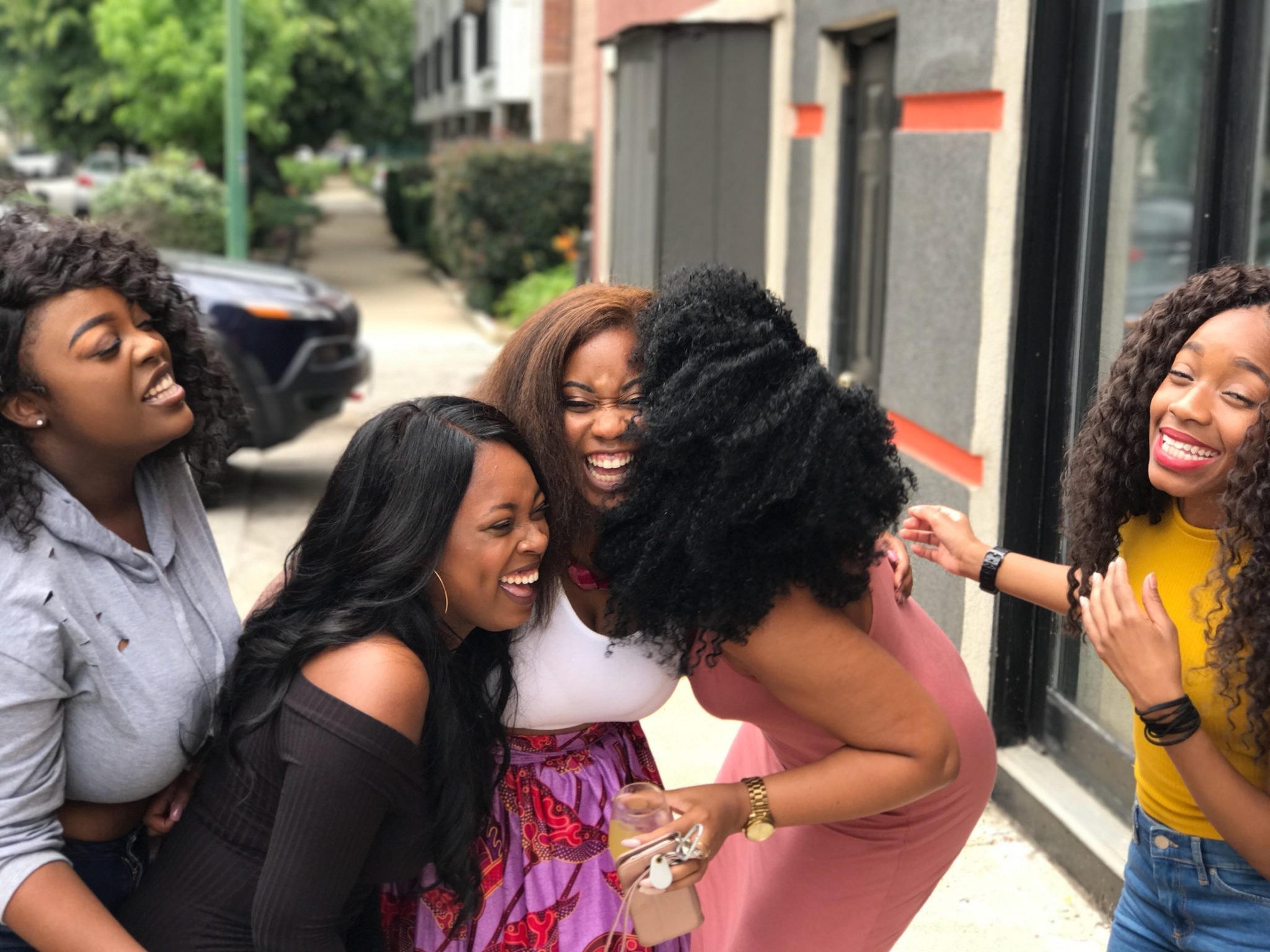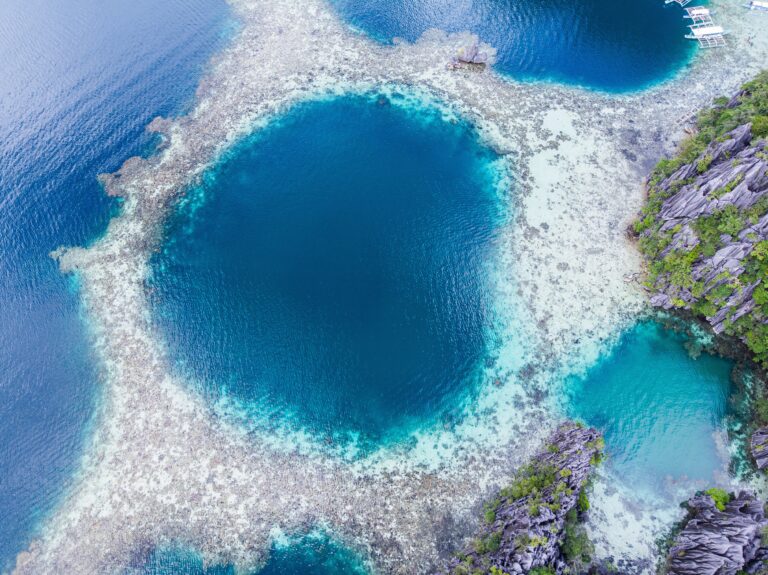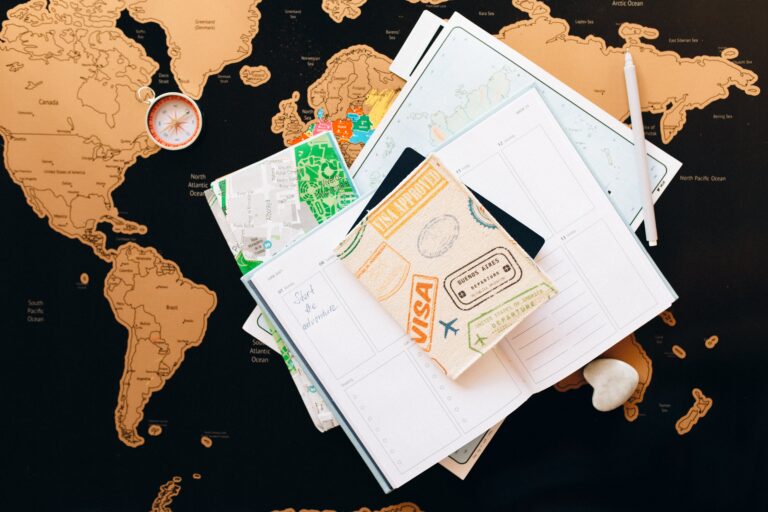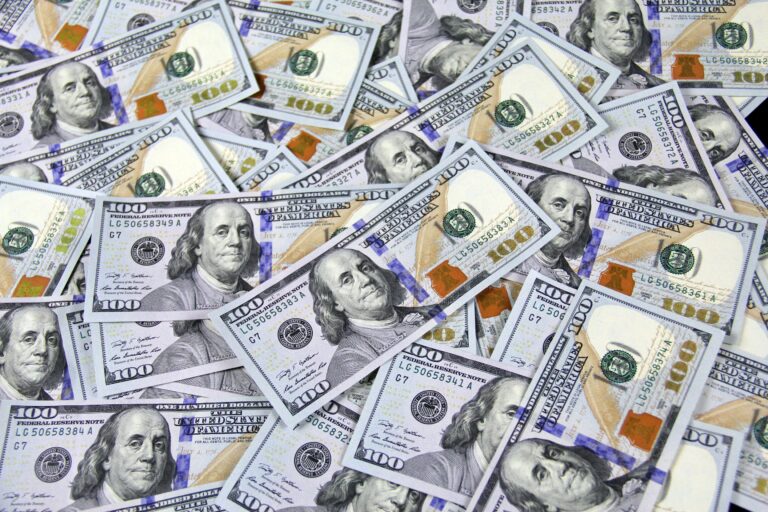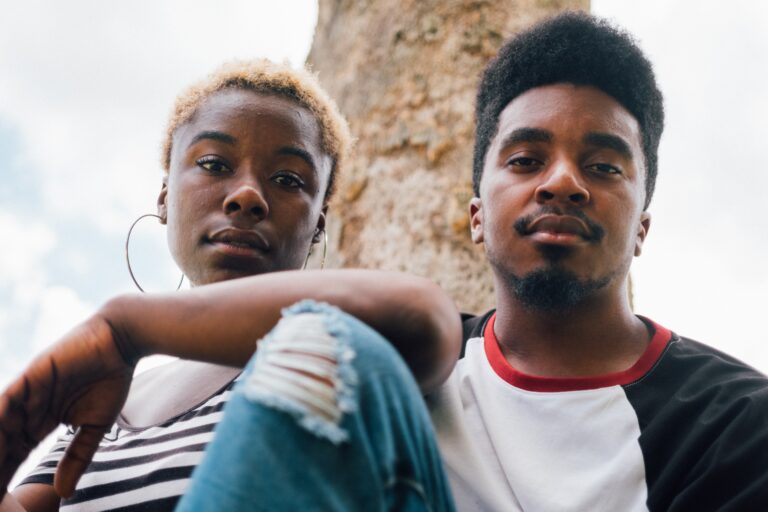How Did Black People Get to Jamaica?
The story of how black people arrived in Jamaica is deeply intertwined with the history of the island itself. From the early days of the Atlantic slave trade to the eventual abolition of slavery, Jamaica’s history is a testament to the resilience and spirit of its people.
Origins of Afro-Jamaicans
Afro-Jamaicans are primarily of Sub-Saharan African descent and form the largest ethnic group in Jamaica. The roots of the Black Jamaican population trace back to the 16th century Atlantic slave trade. The first Africans to set foot in Jamaica arrived in 1513 from the Iberian Peninsula.
History of Jamaica
The English Invasion
When the English invaded Jamaica in 1655, many Africans resisted alongside their Spanish masters. Those who were freed by the Spanish fled to the mountains, resisting English rule and later becoming known as the Maroons. Over time, enslaved Africans from various ethnicities, primarily the Akan, were brought to Jamaica. These Africans were often captured in wars or abducted, enduring the harrowing Middle Passage voyage to the Americas.
Ethnicities
Records show that the majority of enslaved Africans in Jamaica were from the Akan people, followed by the Igbo, Ibibio, Kongo, Yoruba, and Fon. The Akan were the dominant African culture in Jamaica, and their numbers increased significantly in the early 18th century. However, due to rebellions, other groups were also brought to the island.
The Slave Trade
Slavery became a cornerstone of Jamaica’s economy. Slaves were subjected to harsh conditions, with field slaves fetching prices between £25–75, while skilled slaves could fetch up to £300. The British dominated the slave trade, and the transportation of slaves from Africa to the West Indies became known as the ‘Middle Passage’. Over time, resistance grew, leading to significant slave rebellions and the eventual abolition of the slave trade in 1808.
The Discovery of Jamaica
Original Inhabitants
Before the arrival of Africans and Europeans, Jamaica was inhabited by the Arawaks, or Tainos. These peaceful people hailed from South America and named the island Xaymaca. They were eventually decimated by the Spaniards following Christopher Columbus’s discovery of the island in 1494.
Spanish Rule
Under Spanish rule, Jamaica was primarily a supply base. The first Spanish settlers arrived in 1509, establishing the town of Sevilla La Nueva. However, the island remained relatively undeveloped until the English invasion in 1655.
The English Attack and Aftermath
The English, led by Admiral William Penn and General Robert Venables, successfully captured Jamaica from the Spaniards in 1655. The Maroons, descendants of freed slaves, played a significant role in the island’s history, resisting English rule and eventually signing treaties with the British.
Post-Slavery Era
Following the abolition of slavery, Jamaica faced numerous challenges, including economic downturns and social unrest. The 1930s saw significant upheaval, leading to the formation of labor unions and political parties. Jamaica’s journey towards self-governance culminated in its independence from Britain in 1962.
FAQs
1. Who brought African slaves to Jamaica?
The Spaniards introduced the first African slaves to Jamaica. By the early 17th century, with the Taino population dwindling, the island’s population was approximately 3,000, which included a small number of African slaves.
2. How did blacks come to Jamaica?
The first Africans arrived in Jamaica in 1513, serving the Spanish settlers. When the English captured the island in 1655, the Spanish freed these Africans. They quickly retreated to the mountains, fought for their freedom, and became the island’s first Maroons.
3. What percentage of Jamaica is black?
As of July 2021, the estimated population distribution is: Black 92.1%, mixed 6.1%, East Indian 0.8%, other 0.4%, and unspecified 0.7%.
4. What is the religion of Jamaica?
While a significant majority of Jamaicans are Christians, the island is home to a diverse range of religions, including Judaism, Hinduism, Buddhism, Islam, and Rastafarianism. Remarkably, Jamaica holds the Guinness Book of World Records title for having the most churches per square mile, with over 1,600 churches!
Conclusion
Jamaica’s rich history, from its original Arawak inhabitants to its tumultuous colonial past and eventual independence, is a testament to the resilience and spirit of its people. The story of how black people arrived in Jamaica is not just a tale of migration but a reflection of the island’s enduring spirit and determination to overcome adversity.

